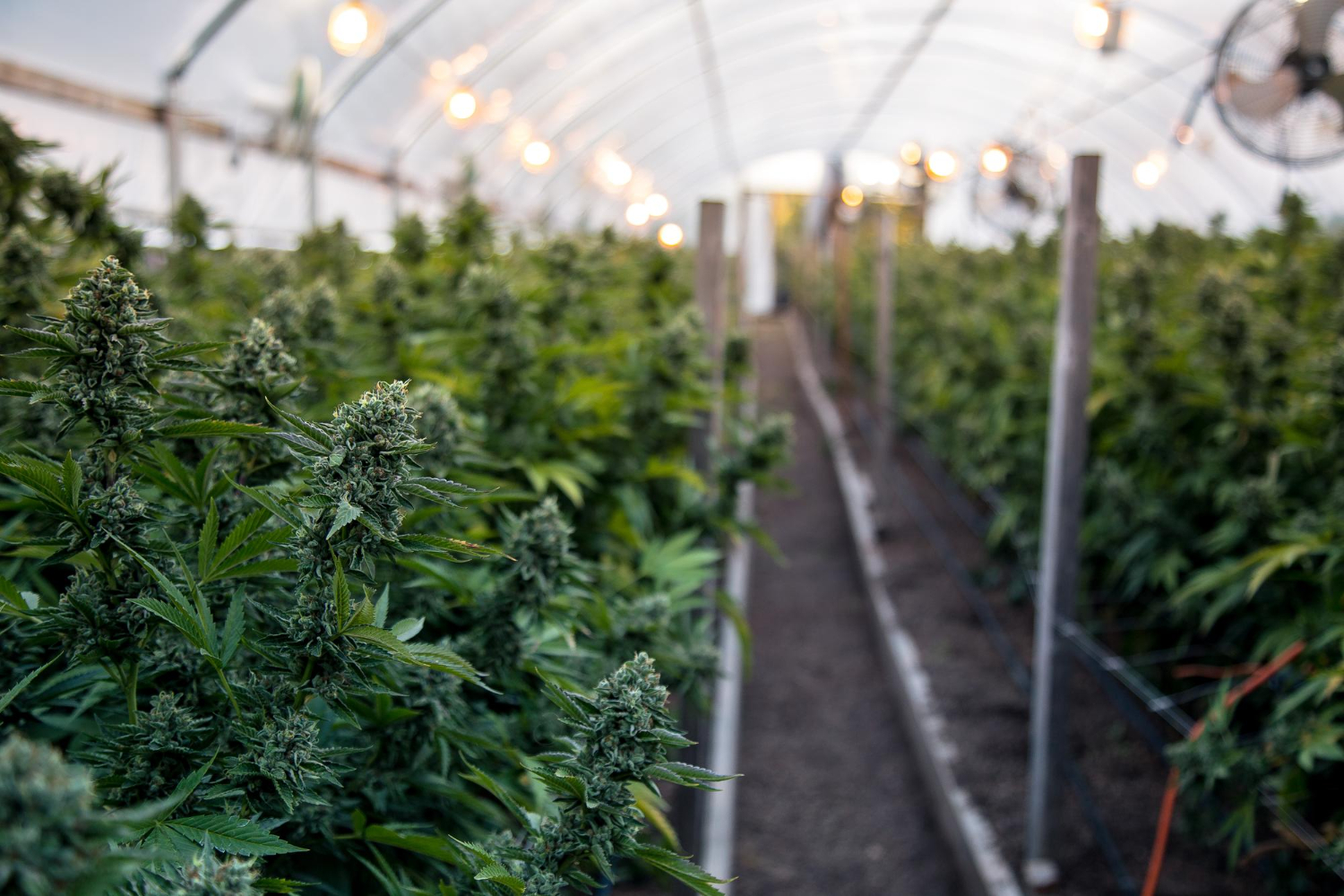In 2025, Australia’s medical cannabis program continues to provide patients with legal access to cannabis-based treatments for a variety of health conditions. While there is no strict, nationally standardized list of qualifying illnesses, the system relies on medical discretion within a regulated framework. Patients must be assessed by a doctor who can determine whether cannabis is an appropriate treatment option after conventional therapies have been tried or considered unsuitable. The eligibility process ensures that access is granted to those who could benefit most, while maintaining strict oversight to prevent misuse. This approach balances patient needs with public health priorities, allowing for both flexibility and safety. Understanding the requirements is essential for anyone considering medical cannabis in Australia, as approvals depend on both the condition being treated and the clinical judgment of a qualified prescriber.
Common Conditions That Qualify for Treatment

Medical cannabis in Australia can be prescribed for a wide range of conditions, provided there is evidence it may help and other treatments have been explored. Commonly approved conditions include chronic pain, chemotherapy-induced nausea and vomiting, epilepsy (particularly in children with severe forms), multiple sclerosis-related muscle spasms, PTSD, anxiety disorders, and insomnia. Patients with palliative care needs are also frequently approved. These conditions are not part of a rigid checklist; rather, doctors evaluate each case individually, considering the severity of symptoms, past treatment history, and the likelihood of benefit. In recent years, approvals for mental health-related conditions have grown, reflecting evolving research and patient advocacy. The flexibility of the Australian system allows medical cannabis to be considered even for less common illnesses, as long as clinical justification is provided. This makes patient-doctor communication crucial during the eligibility assessment process.
Medical Assessment and Documentation
Eligibility is determined through a detailed medical assessment conducted by a doctor who is either an Authorised Prescriber (AP) or willing to apply through the Special Access Scheme (SAS) on behalf of the patient. During the consultation, the doctor will review your medical history, current symptoms, and treatments you’ve already tried. They will also discuss potential benefits, side effects, and the different cannabis products available, such as oils, capsules, or dried flower. Patients are expected to provide medical records, specialist reports, or other documentation to support their case. The assessment must show that conventional therapies were ineffective, caused intolerable side effects, or were unsuitable for the patient’s condition. This evidence forms the basis of the doctor’s application to the Therapeutic Goods Administration (TGA) for approval, ensuring prescriptions are issued in line with national safety standards and medical best practices.
Prescription Pathways for Eligible Patients
Once eligibility is confirmed, the doctor applies to the TGA for permission to prescribe medical cannabis. There are two main pathways: the Authorised Prescriber scheme, where the doctor has prior approval to prescribe to specific patient groups, and the SAS Category B pathway, which requires individual TGA approval for each patient. Both routes involve submitting clinical evidence, treatment plans, and product details. In some states and territories, additional local health department approvals may be required. Patients do not apply directly—the prescribing doctor handles all submissions and communications with the TGA. If approved, the prescription can be filled at a licensed pharmacy, ensuring the product meets strict quality and safety standards. Ongoing eligibility is reviewed through follow-up consultations, where doctors monitor treatment outcomes, adjust dosages, and ensure the therapy remains beneficial. This structured process helps maintain both patient safety and effective treatment outcomes.
Evolving Access and Patient Advocacy

The eligibility rules for medical cannabis in Australia continue to evolve as research grows and public acceptance increases. Patient advocacy groups play a key role in expanding awareness, pushing for broader qualifying conditions, and improving affordability. As more clinical data emerges, doctors are becoming increasingly comfortable with cannabis prescribing, leading to more diverse patient access. However, costs, product availability, and the need for medical oversight remain significant considerations. In 2025, the combination of flexible eligibility criteria, professional medical assessment, and regulated supply is ensuring that medical cannabis is accessible to those who truly need it, while preventing unregulated use. For patients, understanding these rules and working closely with a knowledgeable doctor is the first step toward accessing safe, legal, and potentially life-changing cannabis treatments in Australia.






Leave a Reply